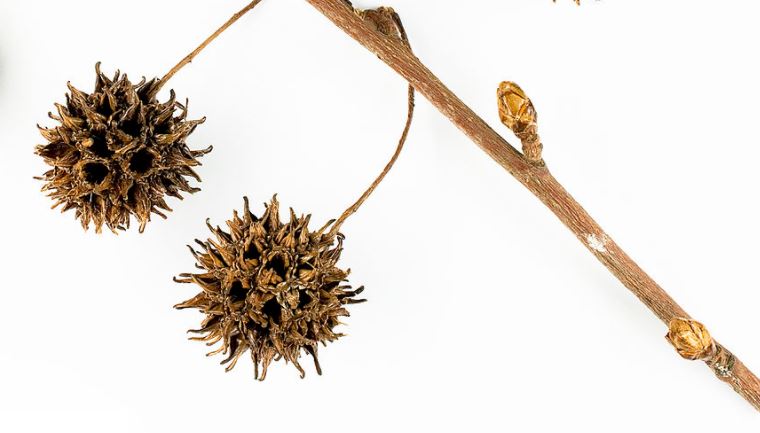
Trees That Make a Mess In Your Lawn
Why would you plant a tree that makes a mess in your landscape? In life, you take the good with the bad. In your garden, that’s probably no more true than with certain trees. They bring beauty, shade and other positives to your landscape. But they also possess some downsides that might be more trouble than you realize.
Oak Trees
Acorns cover your yard, “thump” on your roof, and are painful when stepped on. Acorns, of course, fall from oak trees, and the process provides a valuable link to the health of your lawn and environment. Definitely among the trees that make a mess, but kind of a good mess, especially if you are a squirrel or like to watch the squirrels.
The acorn is a seed, a potential tree wrapped in a hard shell. Included in the shell is the beginning of a stem and root system. It includes substantial protein, carbohydrates and fat. They provide nutrition for the growing seedling until the tree can survive on its own. But far more likely, the nut will become a meal for a hungry forest creature.
Acorns are the main food source for more than 100 species of birds and animals, including squirrels and mice, blue jays, and chipmunks. Without them, many birds and other animals starve or fail to reproduce.
If you are looking for a great native oak, the Burr Oak is a wonderful choice. The only negative thing about the Bur Oak is that it might be the biggest mess maker of all the oaks.
Sweet Gum Trees
Sweet gums are not only “trees that make a mess”, they could be listed as “trees that make a safety hazard”. If you have ever stepped on one barefoot or stepped on one and had it throw you off balance, you know what I am talking about. Part of the witch hazel family, the narrow canopied sweet gum grows from 60 to 100 feet. The leaf is similar to the maple. From spring to fall, the glossy green leaves turn bright red, yellow or purple. Also in spring, the deciduous sweet gum produces small, pale green flowers that grow into round, spiky seed pods that become a problem for those who enjoy walking barefoot in their yard. However, the sweet gum, which can live for about 120 years, doesn’t produce flower or seed until about 15-20 years of growth.
On the positive side, the sweet gum tree attracts a wide variety of wildlife, including blue jays, cardinals, doves, chipmunks, and squirrels.
Southern Magnolia Trees
In some ways, the magnolia tree symbolizes the south. The magnolia is the state tree of Mississippi, the state flower of Louisiana. The magnolia is a beautiful tree that produces large, aromatic white flowers. Its seeds are a beautiful cherry color. Even its bark features a unique texture.
However, their shed leaves are waxy and difficult to rake. When the flowers drop, they can clump up under a lawnmower. They also produce cones, which are not like pine cones that are easily crushed. Magnolia cones are solid and are often hurled from underneath a lawnmower.
But for many, its beauty and southern symbolism offsets all the clean-up of this high-maintenance tree.
Pecan Trees
It’s the Texas state tree and a favorite for its shade and delicious and versatile nut it produces.
But the pecan tree has a dark side. It easily drops twigs and branches in a storm. Their small and innumerable leaves fall and clog gutters. And avoid parking your car under your pecan tree. It produces a sticky sap that can, after a time, destroy your vehicle’s paint.
The nut actually grows inside a dark, hard husk. The husk falls off, resulting in remnants from every shell littering your yard. They also have sharp points that can pierce a tennis shoe.
If you love pecans, then growing your own tree is probably worth the hassles. You won’t mind the extra cleaning and precautions. But you don’t want them to surprise you.
Osage Orange (Maclura pomifera )
Also known as a Hedge Apple, Bois-D’arc, Bodark tree, this tree will drop 4-5 inch round fruit that looks like wrinkled dry oranges on your lawn. There is no easy way to clean these hedge apples up. The wood is very hard. Native Americans used the wood to make bows and clubs. The common name, “bois d’arc” is French for “bow-wood,”. Osage Orange was planted to make hedgerows and animal pens before the invention of barbed wire. I can not think of any reason that someone in the DFW area would want to plant an Osage Orange tree.
All of these trees have qualities that will enhance your landscape but trees that make a mess should be thought about before purchasing. They can offer shade, beauty, or both. However, if you detest cleaning your yard after these trees, you should probably consider an alternative.
